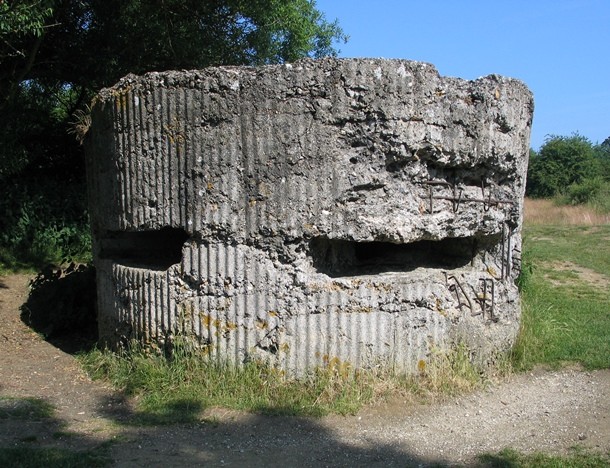After two previous battles in Ypres, France, the Allied troops found themselves in a dire position. Thanks to their use of poisonous gases, the Germans had managed to gain significant ground during the 2nd Battle which ended April 1915. From 1916 to 1917, the Germans had successfully captured many key areas important for strategic battle. They worked endlessly to protect their newly gained land, fortifying it with concrete pillboxes, deep dugouts, and bunkers which were almost undefeatable.
Shortly after the 2nd Battle of Ypres came to an end, General Sir Douglas Haig, a British Commander from Edinburgh, was preparing for the next phase of attack.
The first stage of his new plan was to remove the Germans from Messines Ridge. This area provided German troops with an overview of much of the largely flat land at Ypres.
This had allowed their troops to attack the Allies with great accuracy, making Allied efforts almost futile, especially with the Germans’ capture of Hill 60.
Although the 3rd Battle of Ypres wouldn’t occur until June 7th, 1917, its preparation had secretly been underway since 1915. Surely exhausted from the previous battles, Allied troops were pushed by determination and specially to bring success for the large numbers of comrades they had lost to the Germans’ gas attacks. Following General Haig’s plans, they had begun to dig an elaborate scheme of tunnels. Despite German soldiers often finding and destroying Allied tunnels, they could not have imagined the elaborateness of those that had gone unnoticed.
The work was not only tiring and relentless, but incredibly dangerous. It required a massive amount of teamwork, but Allied troops refused to give up. They worked exhaustively for four days on and four days off, often in silence. The men would dig laboriously for many hours until nightfall. Even as the sky faded to black, the Allied soldiers could not rest. Instead, they carried heavy sacks or used wheelbarrows to remove dirt from their digging, so that the Germans wouldn’t catch on.
The trenches dug were 4ft 6” high and 2ft 9” wide, with the longest tunnel stretching a massive 2,160 feet long. By early 1917, the plan was almost complete, with Allies having successfully dug five miles’ worth of tunnels. To complete the plan, the men began filling the burrows below German lines with explosives, any small accident could lead to death. Some even had the highly stressful job of routinely testing the explosives fuses to ensure they were ready and working for the big day.
On the morning of the 7th of June, Allied troops waited imminently to see if their hard work over the last two years had paid off. For 5 months now, the Germans had been unknowingly sitting on a ticking time bomb of around 1 million pounds of explosives and at exactly 3:10 am they were detonated, blowing the top of Messines Ridge off. The operation was a success. One explosion was so large it resulted in what is today known as the Pool of Peace, a large crater which eventually filled with water.
At this point, the Allied soldiers were back in control and could begin part two of General Haig’s plan bringing this stage of the 3rd Battle of Ypres officially to an end on June 14th.
If you would like to find out what happened next, return to the blog next month for stage 2 of the 3rd Battle of Ypres.



